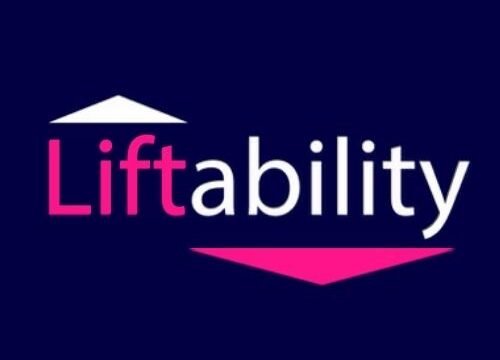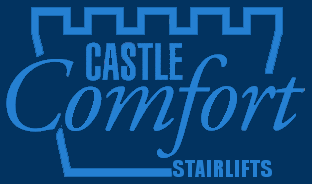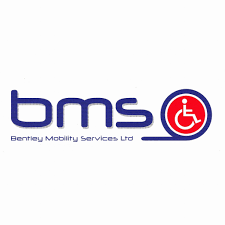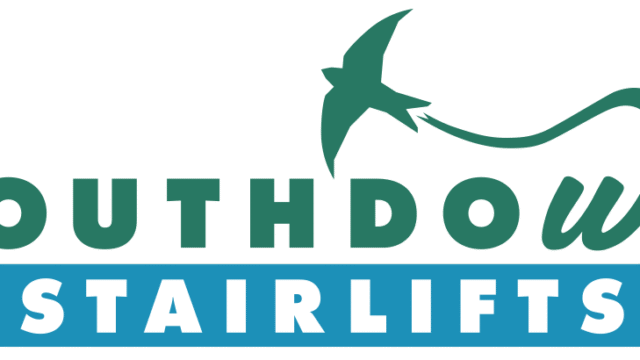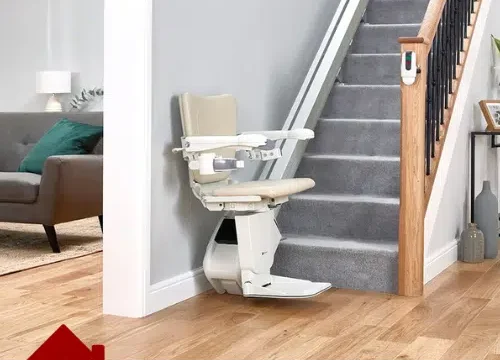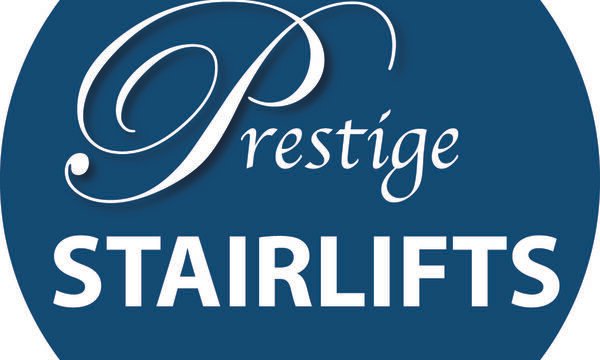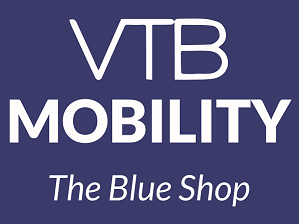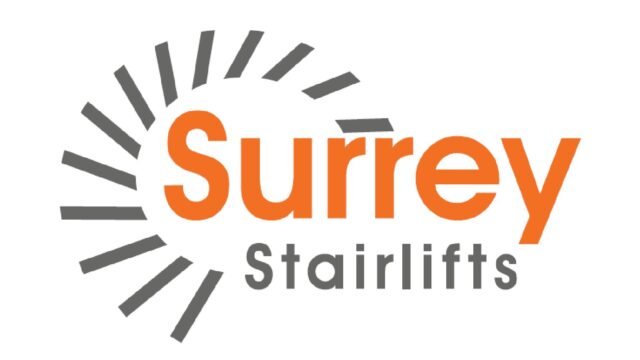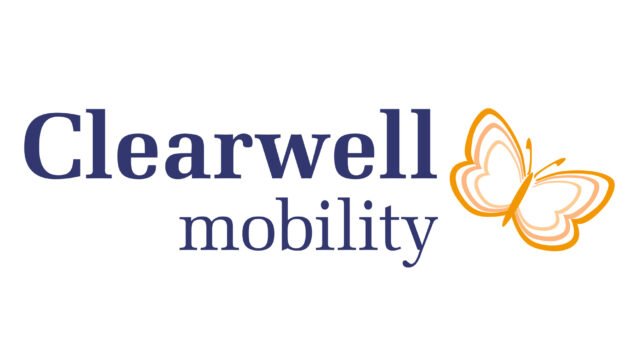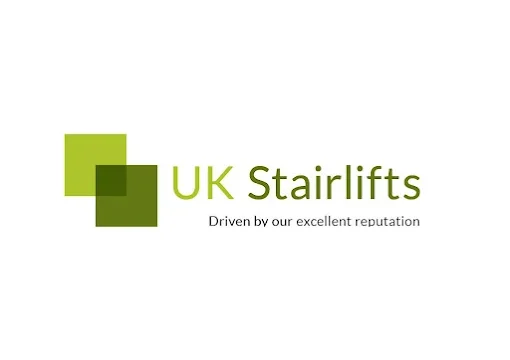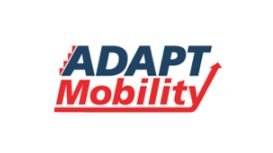Adapt Your Home.
Protect Your Freedom.
With millions of UK households in need of accessibility improvements, our extensive directory guide gives you the resources and knowledge to take control. From stairlifts to bathroom upgrades, find out how to secure the service you deserve and make your home work for you.
Comprehensive Options
Browse a wide network of locally trusted providers — from mobility adaptations to bathroom upgrades and accessibility solutions. Our directory connects you with the right specialists for every stage of your home adaptation journey.
Proven Providers
Every service listed has a track record of helping homeowners live safely and independently. Find companies with real experience delivering results that improve comfort, confidence, and quality of life.
Quick Connections
Save time searching. Use our streamlined directory to compare services, explore funding options, and connect directly with qualified contractors who can implement the changes you need.

